Tips and tricks to reduce ticks in your back yard | Fairfield County CT
Contrary to what most people think, deer themselves are NOT the primary vector of deer ticks (or other types of ticks). Rather, it’s the smaller rodents (e.g. mice, chipmunks and squirrels) that are hosts and carriers for most ticks. So, you’ll want to do whatever you can to reduce their presence near your house.
While you may also want to take measures to reduce deer on your property (as they do other types of damage to your flowers and vegetation), recognize that when it comes to tick control, these measures are inconsequential.
Why is tick control important?
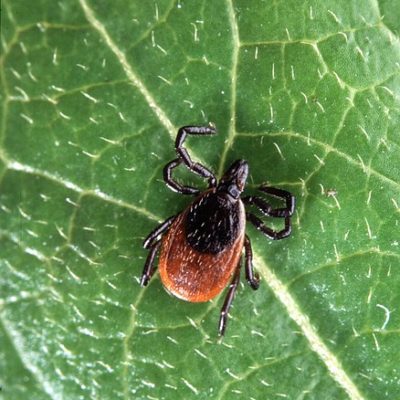
The problem is not the blood they suck out, but rather the saliva they inject.
The most common tick species in Fairfield County CT are the American Dog Ticks (can cause Rocky Mountain spotted fever) and the Black Legged (deer) ticks which can cause Lyme disease. Deer ticks seem to be on the rise for our area with around 3,000 human cases of Lyme’s disease reported in Connecticut every year.
Biology of ticks and their life cycle
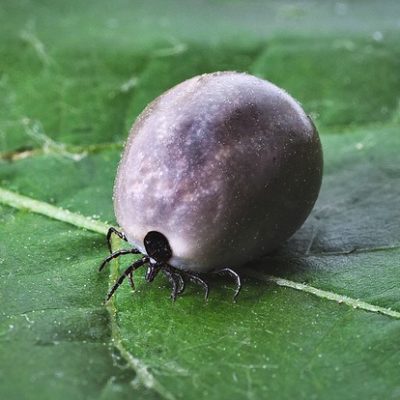
Chemicals that are designed to call ticks are called acaricides, and they will kill other arachnids such as spiders and mites. Be aware that broad spectrum pesticides may kill other beneficial insects such as honey bees and lady bugs.
Ticks secrete an anesthetic and then burrow into the skin of their victim. Females tend to be a bit larger, and they can reach up to 1/2″ after a meal. They tend to feed on mammals and other warm blooded animals. They feed on blood, and they may go undetected for several days. During the process of feeding, they can transmit diseases including Lyme’s and Rocky Mountain spotted fever.
Ticks are hitchhikers. They get around by attaching themselves to other animals that become their host. Ticks can only crawl; they neither fly nor jump. They are usually found up to 18″ to 24″ (and most often they are in the 0-6″ range). They can often be found on tips of grass in shady areas or shrub leaves as this makes it easier for them to grab on to their prey. When they are brushed by an animal or person, they quickly release and climb onto their prey. This is one of the reasons it’s important to wears shoes, socks and pants when you are in tick infested areas.
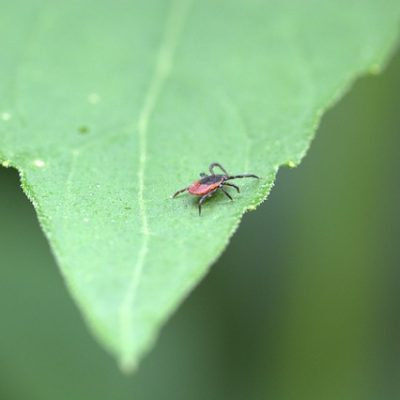
Ticks tend to be more active in the spring, early summer, 1st half of fall with activity picking up again in September into October. They continue to be active when the weather is 45 degrees or higher. Ticks have 4 life stages – egg, larvae, nymph and adult. They usually need 1 feeding to progress from each stage in there lifecycle which is called instar. At each instar or stage they require a blood meal for that change to take place. They generally lay 3,000-5,000 eggs at a time.
Steps you can take to control and reduce ticks on your property
Ticks thrive with 2 things: 1) humidity and 2) a host to feed on. So these are the areas to focus on to reduce their impact.
There are 3 general ways to protect yourself from ticks:
1. Modify your behavior
2. Modify your yard
3. Kill the ticks
Usually, a combo of all 3 methods is best.
Tips to prevent and control ticks:
Keep grass and weeds trimmed and under control. Always have a neat and tidy yard. Remove overgrown bushes as well as wood piles and other debris. These areas attract mice and other rodents and hence are dream environments for ticks.
- Clean up leaf piles and clean dead branches from trees. Remove deadwood logs, litter and debris quickly. Rodents are attracted to these areas, and so are ticks.
- Stack wood piles as far away from the house as possible.
- Stay out of wooded areas, and reduce movement of your pets here. Ticks are abundant in these areas, especially moist and humid areas. Generally ticks are not found in open sunny spaces such as a middle of a sunny lawn.
- Clean areas underneath bird feeders, so there are fewer chipmunks and squirrels there.
- Hire a professional to put together a customized tick control program for your property (Hint: We can help you with this. Just give Joe a call at 203-424-1164).
- Place kids’ swing sets or other play areas in the sunny and dry areas such as the middle of the lawn and away from wooded areas.
- Use Frontline or other tick control products for your pets
- Check your pets often and wash pet bedding frequently.
- Wear a repellent, ideally a natural one. Try an essential oil such as cedar oil.
- Wear long sleeved clothes and pants when entering tick infested areas. And, always wear shoes. It’s much better to wear light clothing as ticks are more visible. It’s even better if you can tuck your pants into your socks and your shirt into your pants.
- If you are out in areas that may have ticks, check yourself often. Same goes for your kids. If you go hiking or walking on trails, try to stay in the middle of the trail and away from the brush on the edges.
- After being in areas that have ticks, remove your clothes right away and take a shower. Put your clothes in the wash immediately and be sure to dry them with high heat.
- Seal any cracks you may have in your foundation or garage as critters and insects can get in there.

Treat your lawn and property for ticks

You want to start treatment in the early spring, as soon as it starts to warm up a bit and after the snow has all melted. Tick activity tends to peak in April/May, but it can vary a bit based on the weather. They tend to slow a bit in the summer, and then their activity picks up later in the summer and into October. Sometimes, the tick control program may need to be extended when the warm weather continues into the later floor.
Can you fully prevent ticks from getting into you back yard?
</>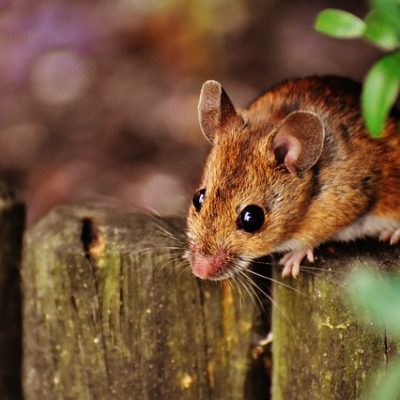
Instead, take preventative measures to reduce the impact of rodents and other animals on your property.
Natural vs Synthetic chemicals for Tick control
While the synthetic chemicals may be more powerful in killing ticks, they are also more toxic and dangerous. They can be more dangerous for your kids and pets, in particular. So, we prefer to work with more organic and natural products. The key is to find a balance of safe and effective.

The product we use does not require us to wear a mask/respirator while applying. We look at being good stewards of the environment as it is the only one we have. So I have a responsibility of finding products that work in the real world with the lowest environmental impact on your property.
For perspective, when I use this product on my own yard, I feel comfortable allowing my own kids to go out and play outside after 60 minutes.
We are also careful to apply tick treatments when the weather is good. If it’s raining (or going to rain the next day), treatments are not as effective as the ticks take cover. If we apply it on a sunny day, the treatment continues to work as there are residuals on the leaves and grass, and it will kill the ticks on contact (while not harming other small animals).
Often, it’s best to start with safer and more organic methods combined with landscaping and behavioral modifications. And, when possible, limit applications to the perimeter of the yard, around the home, play areas and areas where the family will spend most of there time outdoors. We avoid applying to open and sunny areas of the lawn as Ticks are generally not in those areas.
Please note that you can never fully eradicate ticks from your property. That’s because you can never prevent all the rodents, deer or other animals from wandering on to your property in which they may be the vector in how the tick gets onto your property.
IF you want to see if you have ticks, you can do a drag. A drag is when you have a pole from a broom and attach a light colored sheet to it, then you will walk the perimeter of you property as well as the perimeter of your home. This is where there maybe ornamental beds or shady wooded areas where ticks maybe waiting to hitch a ride. Ticks will think it’s a critter and jump onto it. It’s easier to see the ticks with light colored sheets. Timing of doing a drag may have an effect on how many ticks you may find when doing one.
Hiring a professional for tick prevention vs doing-it-yourself
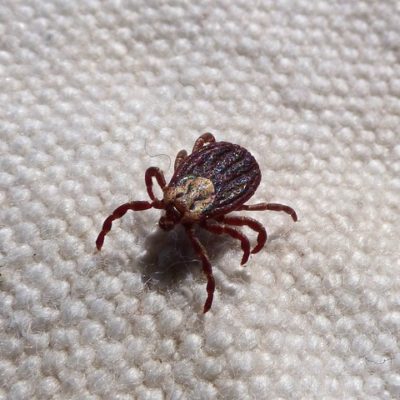
If you’re truly concerned about ticks, you’re usually better off hiring a professional vs trying this yourself. Not only will they be able to recommend the best program and customize it to your needs, but also, they have access to higher concentrated and more powerful products that you may not be able to get due to there classification . All chemicals/pesticides are highly regulated and need to be used safely, so as a regular homeowner, you just don’t have access to these. A professional in my industry will use a IPM (Integrated Pesticide Management) Approach as it more complicated that just killing the ticks or controlling anything else even for aesthetic purposes.
In addition, professionals have better equipment so that the product is applied properly and evenly. As an example, the professional equipment that we use for our lawn care costs $9,000 to apply fertilizers and herbicides. Homeowners don’t generally spend that kind of money for taking care of a lawn fertilization program. They would usually buy a spreader from home depot or a hardware store for $49.99 and even if they try to rent one in a store it is generally not the same caliber of equipment nor would they spend that kind of money on it for there home.

And, of course the other issue with homeowners trying this themselves is that they may not apply it properly or safely and in fact, they often apply too much product. Many mistakenly think that more is better, but in fact, more is often worse, can severely damage your lawn and or have other significant issues. In addition, if they are applied incorrectly, this can cause leaching in the groundwater. Always follow the directions on the label. And, be super careful as these chemicals can be harmful. In fact, many off the shelf products (e.g. Roundup) have been taken off the market as they found that those were dangerous or in process of coming off the market. Again this will depend with your state and it’s regulatory body which is generally the state DEP which takes the lead in either following the federal law or the states guideline which can be more stringent.
How to remove ticks
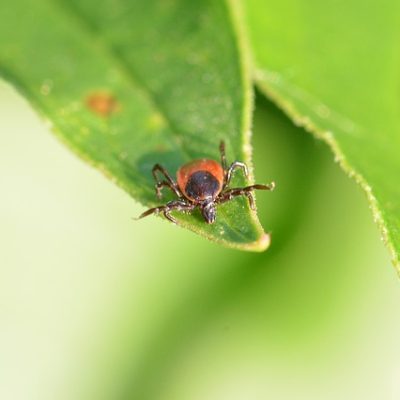
1. Use tweezers or rubber gloves (avoid touching with bare hands) and grasp the tick as close as possible to the skin and pull out. I have found tweezers to be much more effective, especially those with very sharp edges. When I was growing up, our golden retriever got ticks all the time, and my brother became an expert at this. He kept a special tweezer in a separate drawer that we would only use for the dog. (LOL as I think it was the best tweezer in the house).
2. Pull the tick upward and in a steady manner. Do NOT twist the tick…as their mouth parts may be left in the skin (and then they are very hard to remove if left behind). And, if the mouth part gets lodged in the skin, it could cause an infection. Avoid squeezing or puncturing the tick (fluids can be infectious).
3. After removing the tick, thoroughly disinfect the area where the tick was with rubbing alcohol, and wash your hands with soap and warm water.
4. Bag the Tick and take it to your local municipality (health department) which should have a place to have the tick tested for any pathogens such as Lime or give you direction on where it can be sent to get tested.
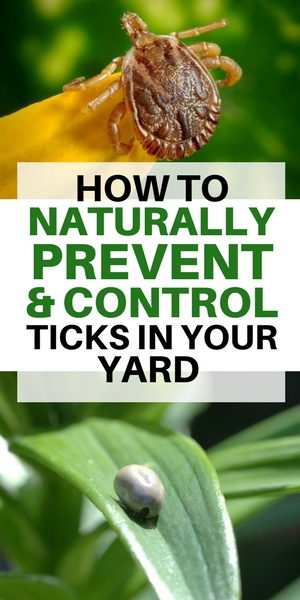
Be vigilant, and if you develop any sort of rash or fever, take a trip to the doctor. Check the area for 30 days.
Conclusion for natural tick control
Controlling the tick population in your yard is an important step you should take to protect your family and pets. It really needs to be a collaborative effort between your lawn maintenance and your tick prevention treatments.
Related articles:
If you live in Fairfield County CT, we’d be happy to help you out. Give us a shout at 203-424-1164, and we’d be happy to give you an estimate. Our estimates are always FREE. Or, fill out our contact form below.
Map of Lower Fairfield County CT – Lawn Solutions
How to naturally prevent and control ticks in your yard | Fairfield County CT

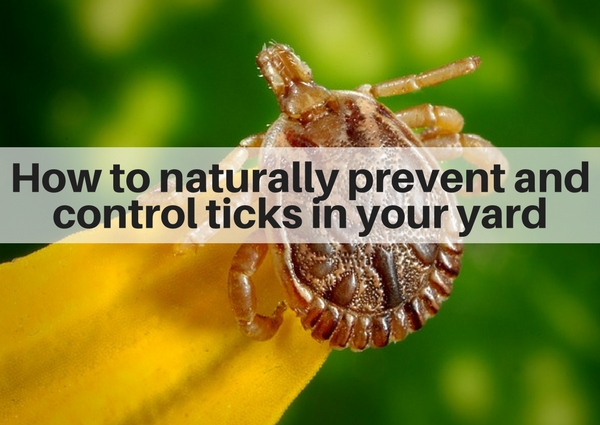
 Keep grass and weeds trimmed and under control. Always have a neat and tidy yard. Remove overgrown bushes as well as wood piles and other debris. These areas attract mice and other rodents and hence are dream environments for ticks.
Keep grass and weeds trimmed and under control. Always have a neat and tidy yard. Remove overgrown bushes as well as wood piles and other debris. These areas attract mice and other rodents and hence are dream environments for ticks.
